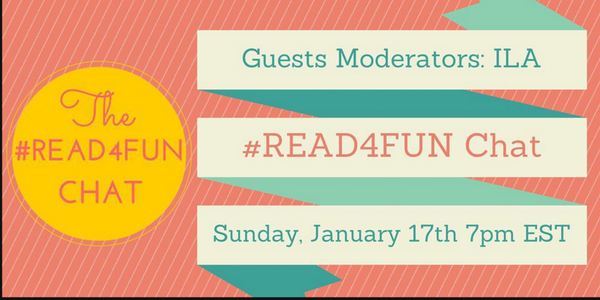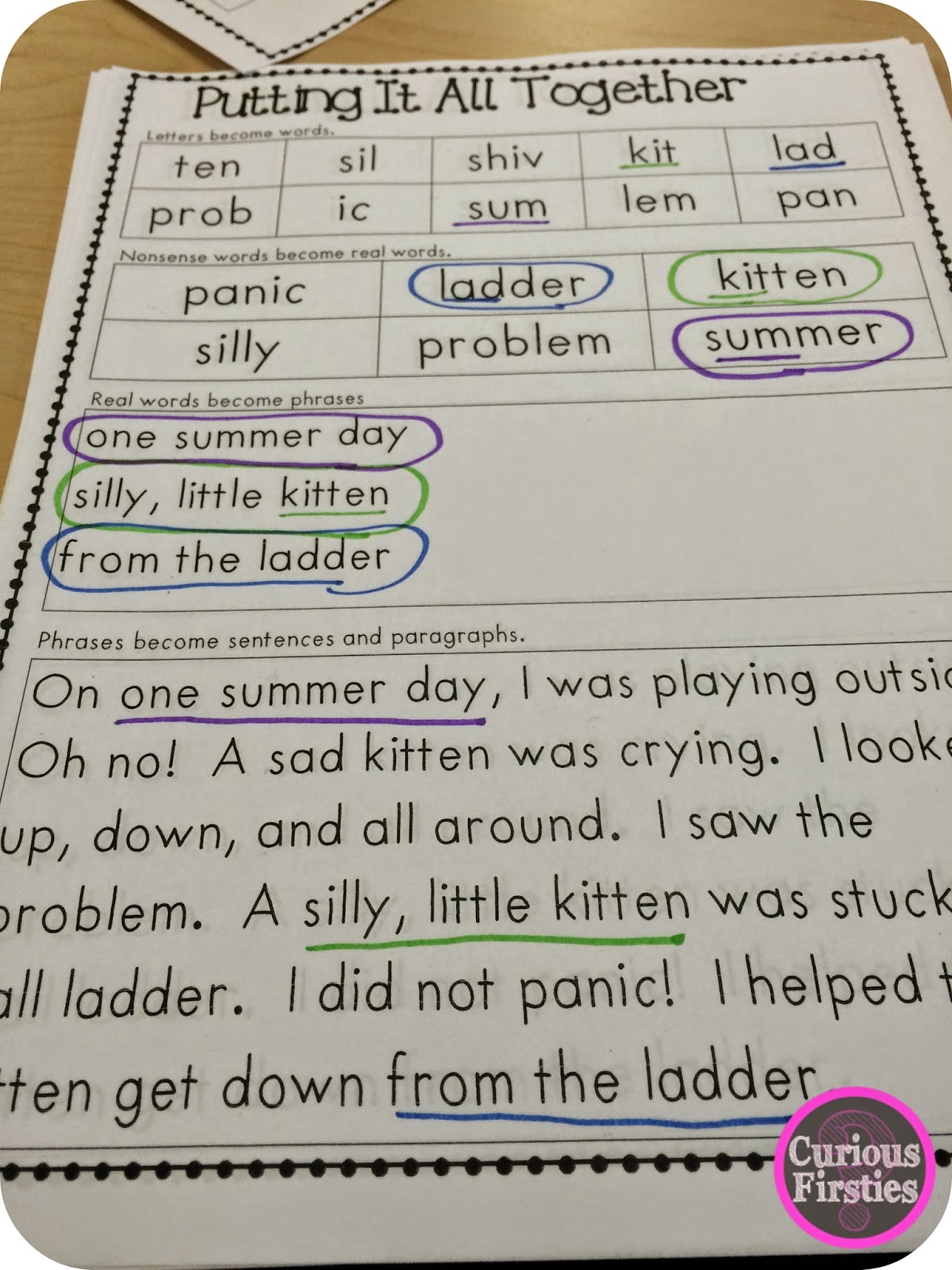Hi! I am Jonelle Bell from A Place Called Kindergarten. I teach Kindergarten in Ohio and am a mom to 3 sons. (Both rewarding and challenging jobs.) I am excited to be joining Adventures in Literacy Land as it celebrates turning 2.
I look forward to sharing my love of literacy with the readers of this blog.
My expertise comes from 25 years of teaching and learning from little readers. There is no greater joy as a Kindergarten teacher than to watch 5 and 6 year olds gain the skills needed to become readers. From phonemic awareness, alphabet knowledge, concepts of print, listening comprehension, vocabulary to decoding and comprehension every milestone is a cause for celebration.
(Read more about these skills in Jessica Hamilton's post HERE.) The list of skills little readers need to build a reading foundation is long, but they also need to think of themselves as readers and make connections to books and authors to fall in love with reading.
We start the year off with establishing reading routines at home and at school. At the beginning of the year many Kindergarteners do not think of themselves as readers and reading may not be a part of their routine at home.
Here are some things that I do to inspire my little readers...
Develop Family Reading Routines
It is important for early readers to spend time reading and being read to. One of the first things that I do at the beginning of the year is help parents understand the importance of making reading a part of their daily routine. Read to Your Bunny is a great book to read during your parent information night at the beginning of the year to establish the importance of nightly reading.
"Read to your bunny...and your bunny will read to you."
Create an Interest in Characters and Authors
I have a huge book collection in my classroom. Most of the books go untouched until we spend some time reading about a character, learning about an author and making connections stories. Then...watch out...there becomes a frenzy for that character or author book box.
-keep your book area organized by your students' interest
-make finding books and putting books away manageable
-keep a list of characters and authors displayed and make connections to them
Make Connections to Books
Connecting 5 and 6 year olds to stores, characters and authors make for some interesting conversations. I had a conversation with a student about how he is afraid to go to sleep at night, but is making a plan just like Scardey Squirrel does to help him fall asleep. Priceless!
Read Favorites Again and Again
Both at home and at school you need to read little readers their favorite stories again and again and again. During read to self I love hearing retells of Goldilocks or Pigeon stories, especially from my struggling learners. They are able to do this because we have read those stories several times.
Readers and Book Lovers
I call my students readers and book lovers all throughout the year after we establish what it means to be a community of readers and book lovers.
A community of readers is a place where children...
-want to read every day
-refer to themselves as readers
-choose books thoughtfully
-handle books carefully
-share favorite books with their peers
I love teaching literacy skills and inspiring my little readers!
It is my hope that they will leave Kindergarten with the confidence to continue to think of themselves as readers and book lovers as they continue to grow in the area of literacy throughout school.














































